Research
Search our website
Search our website by entering a keyword or choose a database above to search specifically.
Search
Showing search results 3,881 - 3,890
14,716 results found
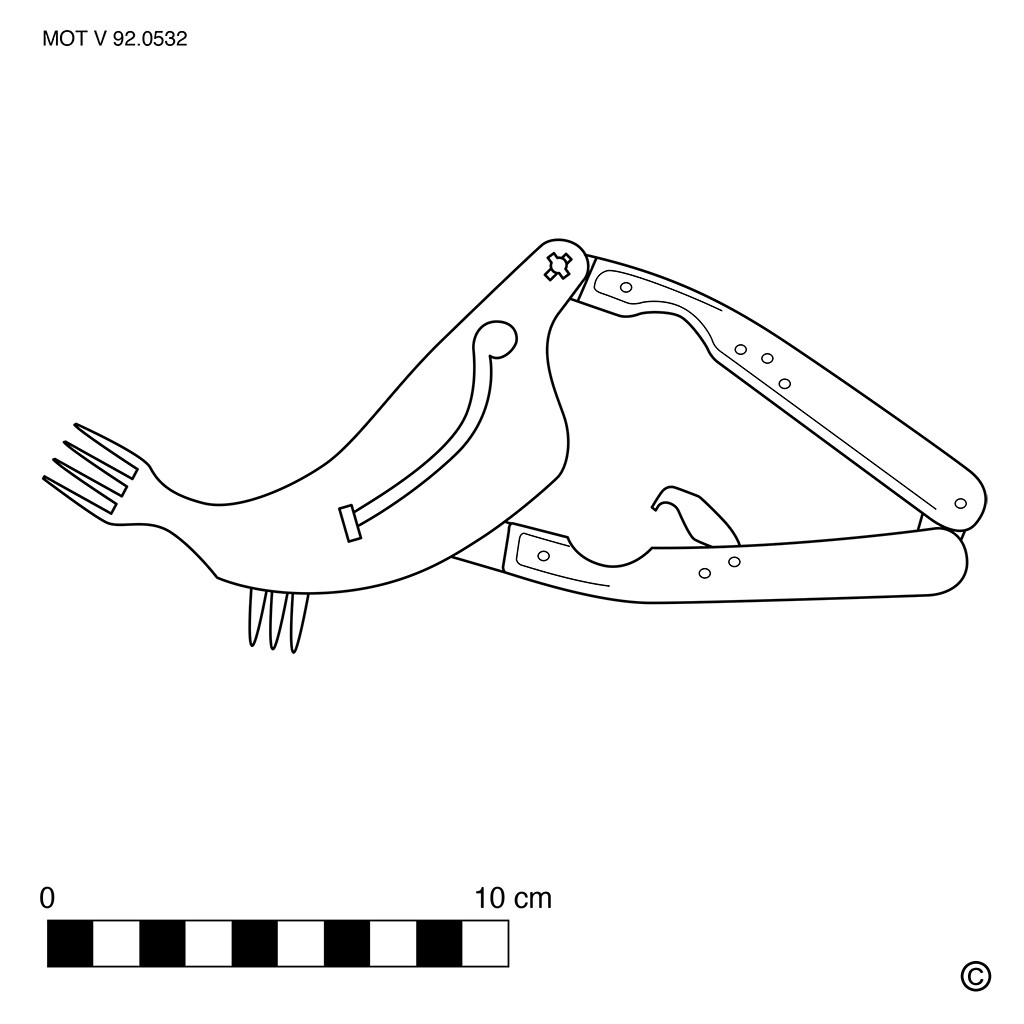
One arm man knife
The text on the one arm man knife (1) can only be consulted in Dutch. [MOT]
(1) BARLOW: 159.
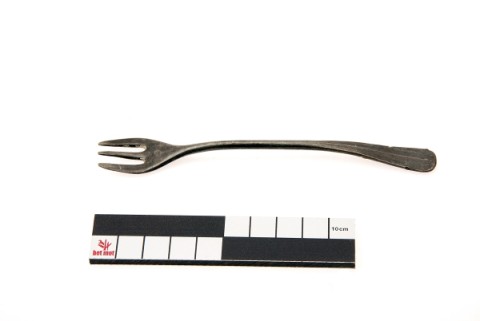
Oyster fork
Small (approx. 12-13 cm long) fork with three sharp, short (approx. 2-3 cm)
teeth with which one can remove oysters from their shells. The teeth are
straight or slightly bent inward; usually one tooth has a cut on the
outside to cut the oyster loose. The oyster fork can also be provided with
a knife at the other end. [MOT]
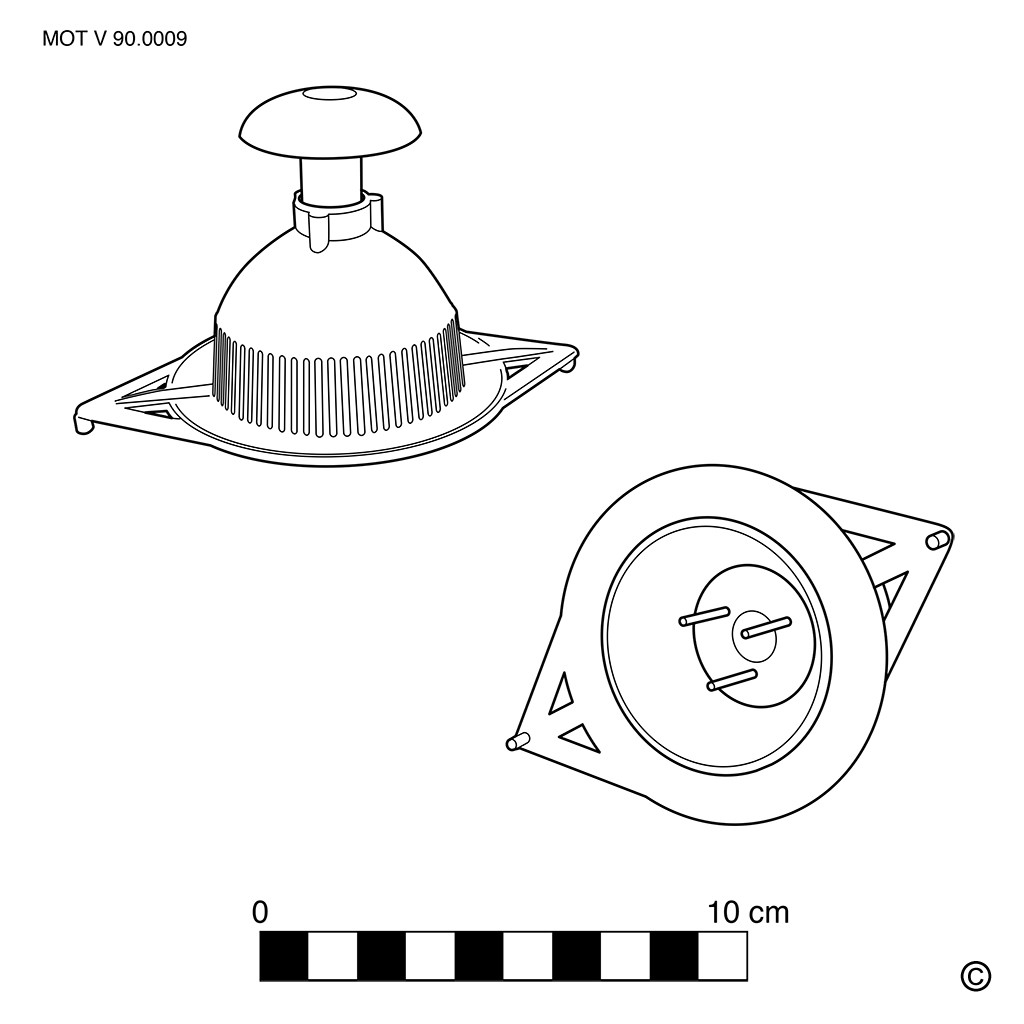
Onion handle
This text can only be consulted in Dutch
<https://www.mot.be/resource/Tool/onion-handle?lang=nl>
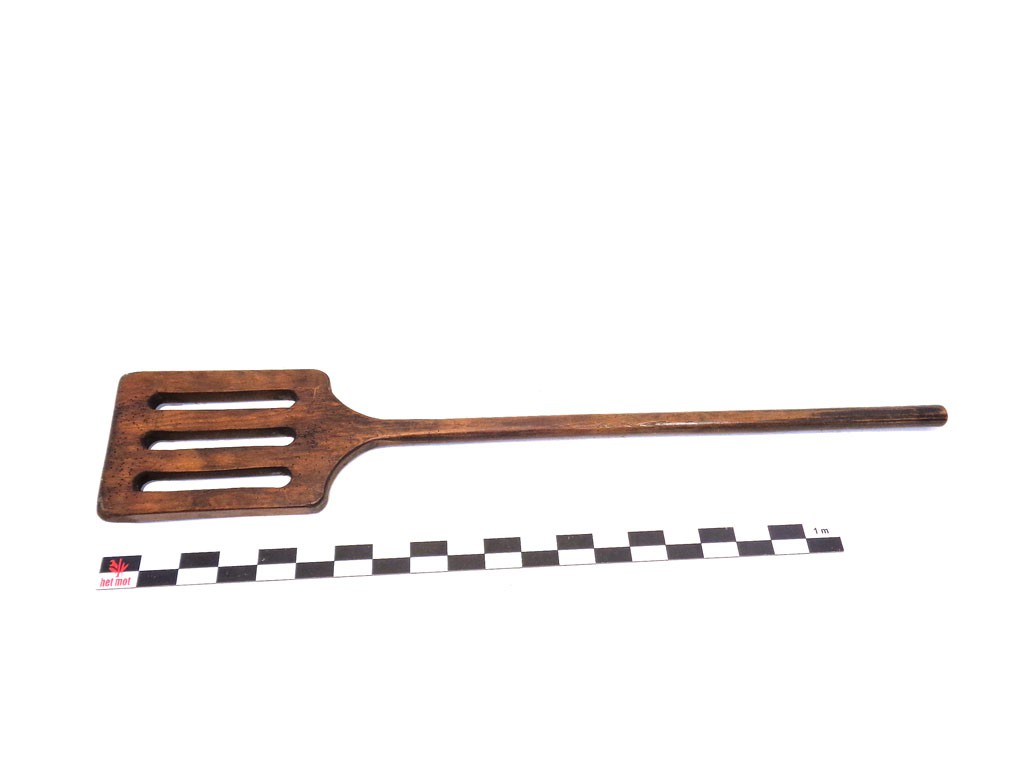
Oar
This text can only be consulted in Dutch
<https://www.mot.be/resource/Tool/oar?lang=nl>
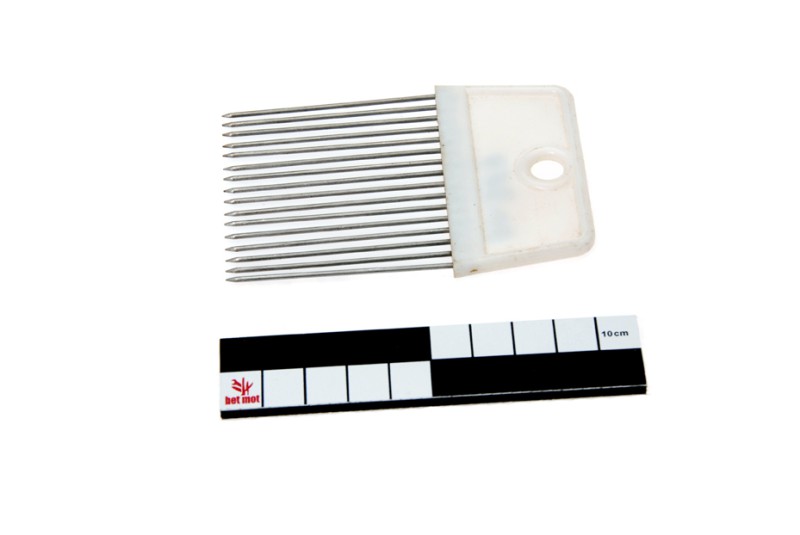
Onion fork
This text can only be consulted in Dutch
<https://www.mot.be/resource/Tool/onion-fork?lang=nl>
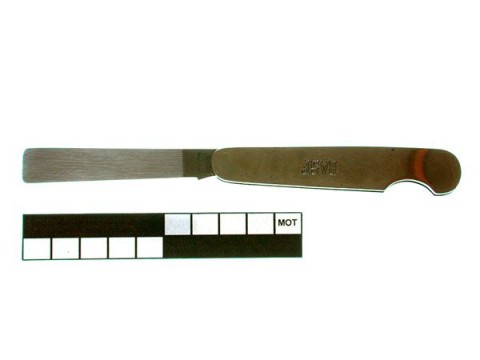
Palette knife
The palette knife is a spatula or trowel-shaped tool (approx. 15-20 cm
long) with a flexible blade along its entire length that the painter uses
to mix dyes on the palette and to apply paint to the canvas (1). The
spatula-shaped ones can be made of metal, wood or plastic and are also used
to scrape off wet paint with the side of the blade without damaging the
canvas. The trowel-shaped ones have a metal blade whose shape and size
(approx. 3-12 cm long; approx. 3-4 cm wide) vary greatly: it can be
triangular, diamond-shaped, oval or rectangular - with or without rounded
corners - attached to a straight handle. The latter are mainly used to
apply small dots or wide stripes of paint to the canvas. The palette knife
with narrow, rectangular blade is also available as a pocket knife. Then it
is a useful tool for testing colors. The house painter also uses a larger
spatula-shaped tempering knife, the blade of which is about 15-30 cm long,
to mix paint. [MOT] (1) With the advantage that new layers...
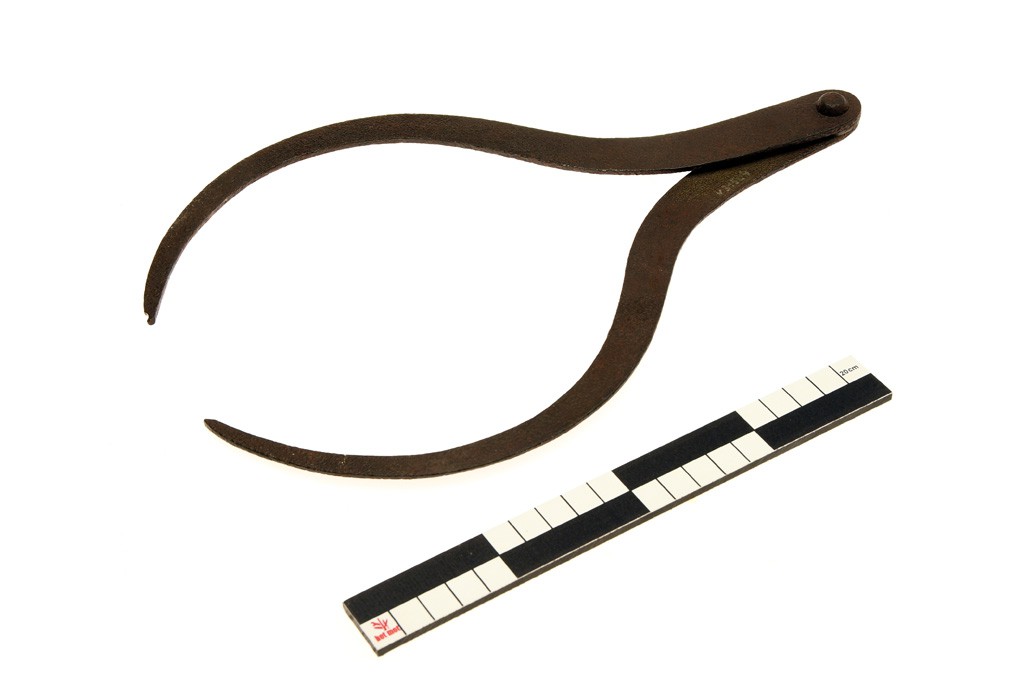
Pair of outside callipers
This text can only be consulted in Dutch
<https://www.mot.be/resource/Tool/pair-of-outside-callipers?lang=nl>
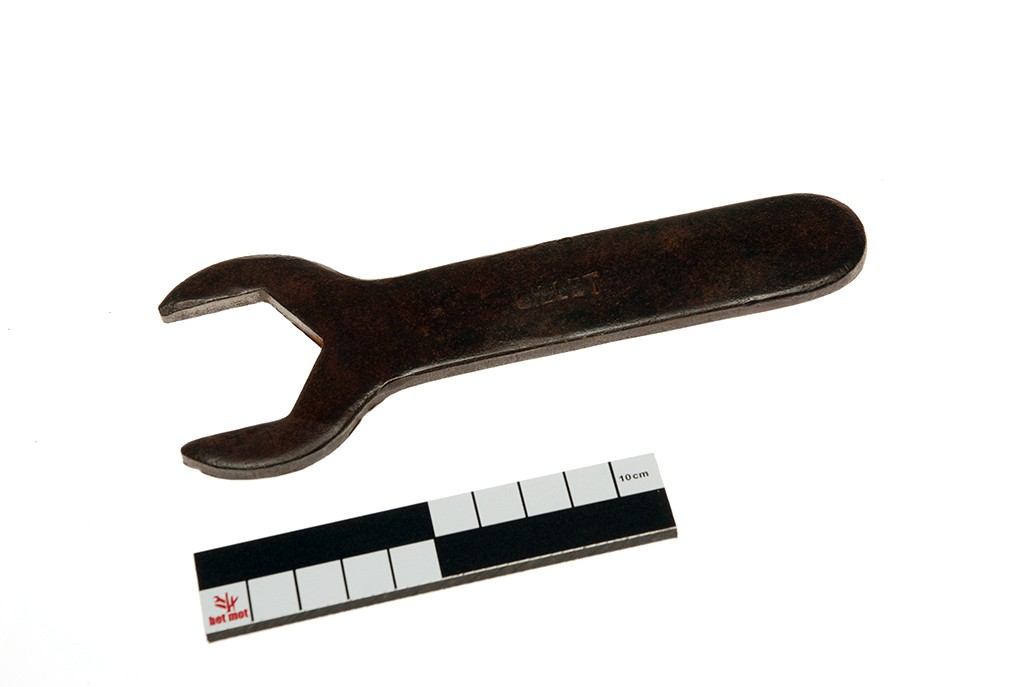
Open-ended spanner
This text can only be consulted in Dutch
<https://www.mot.be/resource/Tool/open-ended-spanner?lang=nl>
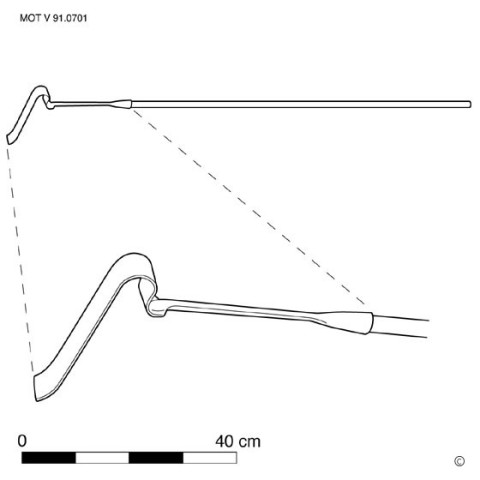
Oven-rake
This text can only be consulted in Dutch
<https://www.mot.be/resource/Tool/oven-rake?lang=nl>
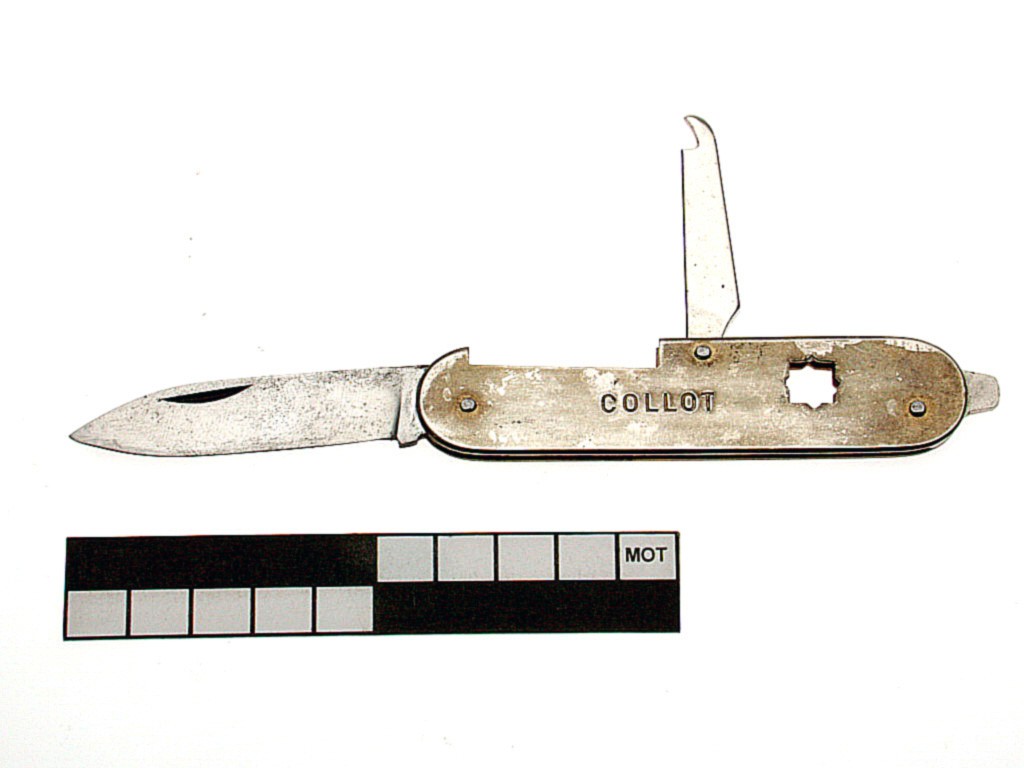
Painter's pocket knife
This text can only be consulted in Dutch
<https://www.mot.be/resource/Tool/painters-pocket-knife?lang=nl>
